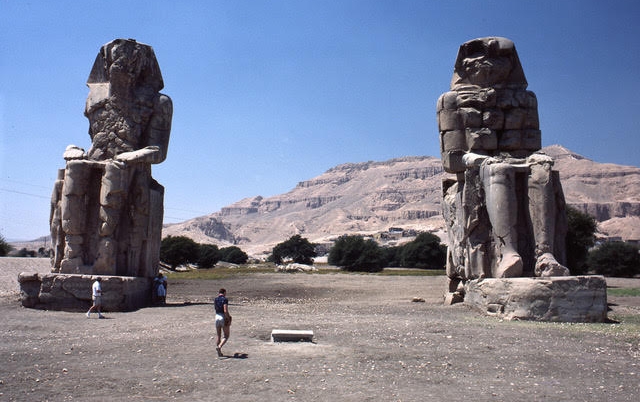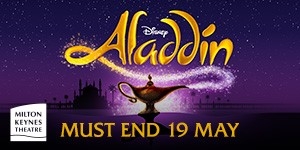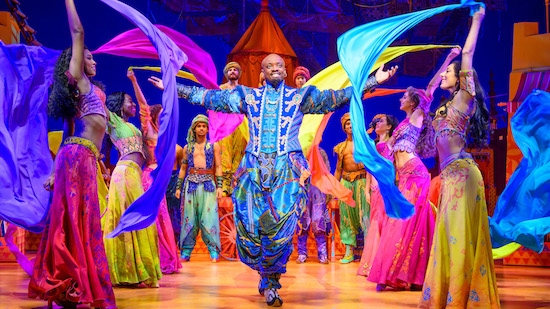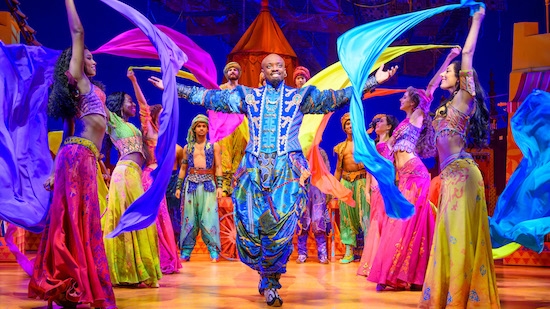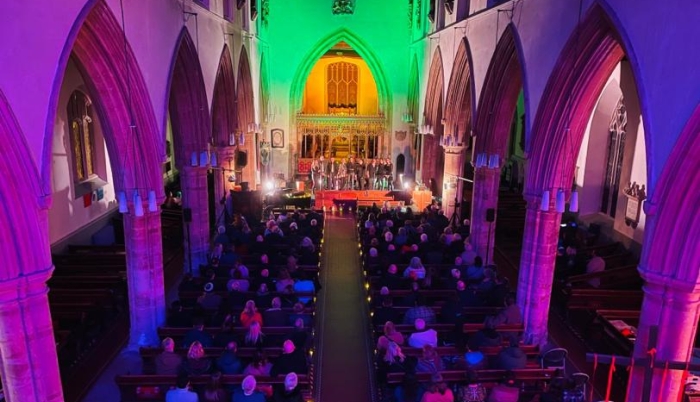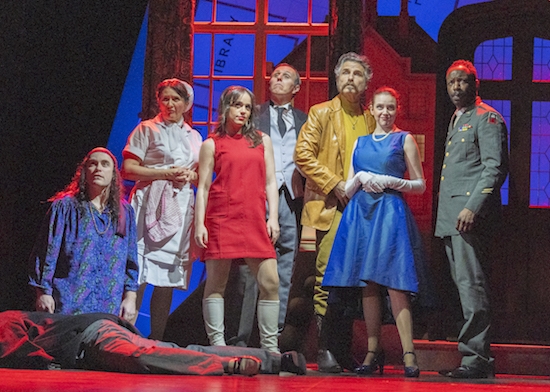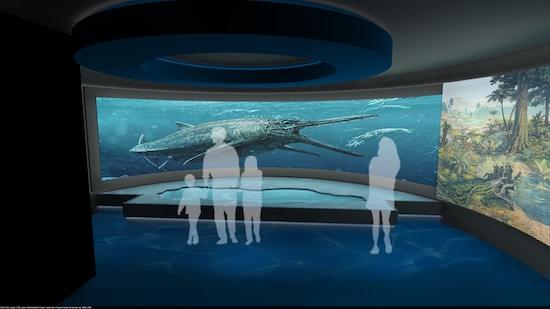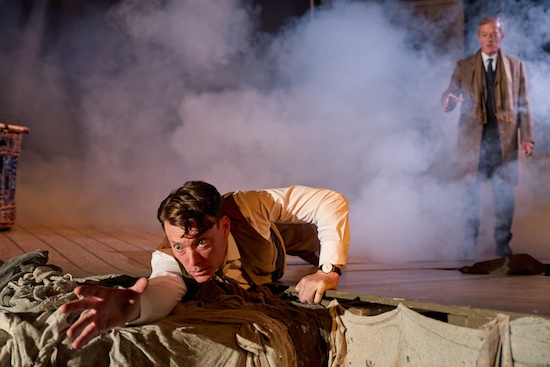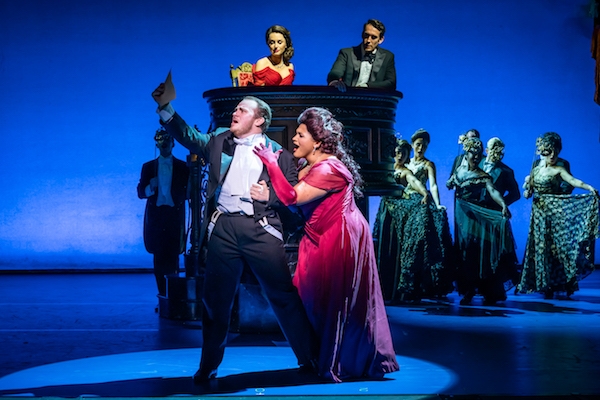Milton Keynes-based artist David Tunnicliffe will host his new exhibition, Images of An Antique Land at The Event Space in Milton Keynes Library.
The show launches on Wednesday (December 4) and runs through to January 13.
Entry is free.
Ian Biggs, Australian Ambassador to Iran (2016-19), Turkey (2011-14) and Saudi Arabia (2005-08) gives us an introduction to the exhibition…
Several times over the last few centuries, Egypt has exerted a special fascination for European travellers and audiences. It features in Biblical history, if not always in a flattering light. It was a major element of the Orientalist narrative, exotic and mysterious, and a primary location for international mass tourism of the modern era.
It featured in both opera (most notably Verdi’s Aida) and trade (especially with the opening of the Suez Canal), and in the two World Wars and in the struggles of decolonization. In recent years, Egypt has become the archetype of active civil society in the Arab world. In this exhibition, David Tunnicliffe’s photographs capture the physicality and excitement of an Egypt that is both modern and also, without interruption, ancient.
Sinai, the triangular peninsula linking the continents of Asia and Africa, has always been a land-bridge, traversed by traders, armies and refugees. It has had an outsized role in the religious history of humanity. In the Egyptian Predynastic period, it was the centre of the Moon cult – the word Sinai is apparently derived from Sin, the moon-god of ancient Babylonia. Sinai was where the Israelites of the Exodus wandered under Moses’ leadership; and for the last two thousand years St Catherine’s Monastery has been a major repository for Christian documents and relics, and a pilgrimage destination since the Middle Ages.
Egypt’s Eastern Desert may not possess the rich turquoise deposits of Serabit el-Khadim and Wadi Maghareh in the Sinai – but it does have significant gold deposits, and the purple stone called porphyry that became the very symbol of power in the architecture of the Roman and Byzantine Empires. The quarries of the Eastern Desert were also the source of the decorative granites that feature in seemingly every column and capital of the Roman world.
The Western or Libyan Desert of Egypt is invariably described as distant in ancient Egyptian texts, because its traditional cultures were so very different from those of the Nile Valley. The vast area of the Western Desert is linked by oases and was guarded by legionary forts during the Roman period. In the Desert’s south was the city of Kisis, with a giant temple built by Domitian; in Dakhleh, the site of Ismant el-Kharab was ancient and once-fertile Kellis; and the Farafra Oasis was known for its hot springs and gardens. The Desert’s oases remain, but little of its garrisons and settlements.
Where the Nile meets the Mediterranean, the Delta, fertilized by silt washed down-river from the Ethiopian highlands, was the granary of ancient Rome.
For most contemporary travellers to Egypt, Cairo is the starting point of their exploration of antiquity. Known in Arabic as “Mother of the World”, it still preserves an almost mediaeval appeal, with spice markets, metal-workers and tent-makers much as they were when David Roberts painted them in the early 19th century. Surprisingly many of the buildings too are unchanged: mosques and mausoleums, with towering minarets and domes, dwarf the shops and workshops lining the crowded alleys below. No journey through Egypt could be called complete without immersion in the historical districts of Cairo, with their vibrant mix of cultures.
During his four and a half years in Egypt, David and his family travelled extensively throughout the country, photographically capturing life, landscape, and history and culture. He was Resident Staff Photographer of the Egypt Exploration Society, but these photographs reflect his everyday experiences. This small sample of his photographic record has captured so much of what has captivated me, and everyone else who has (as they say) drunk from the Nile.


